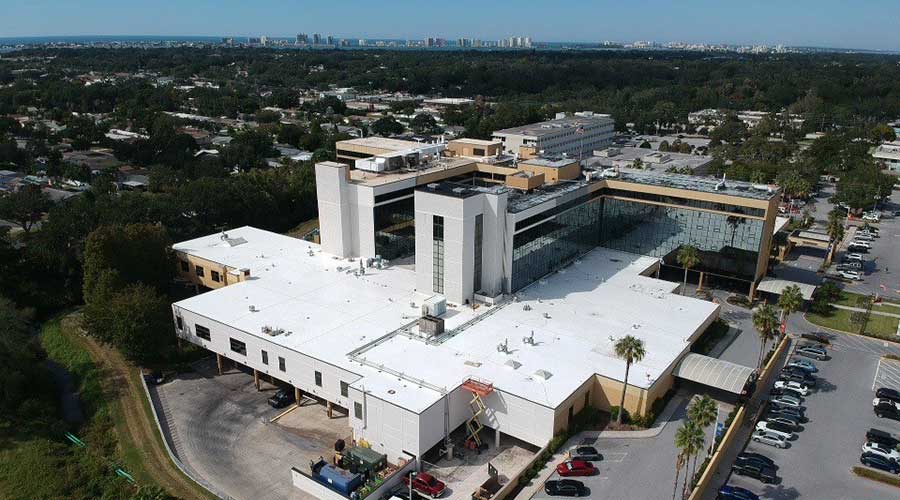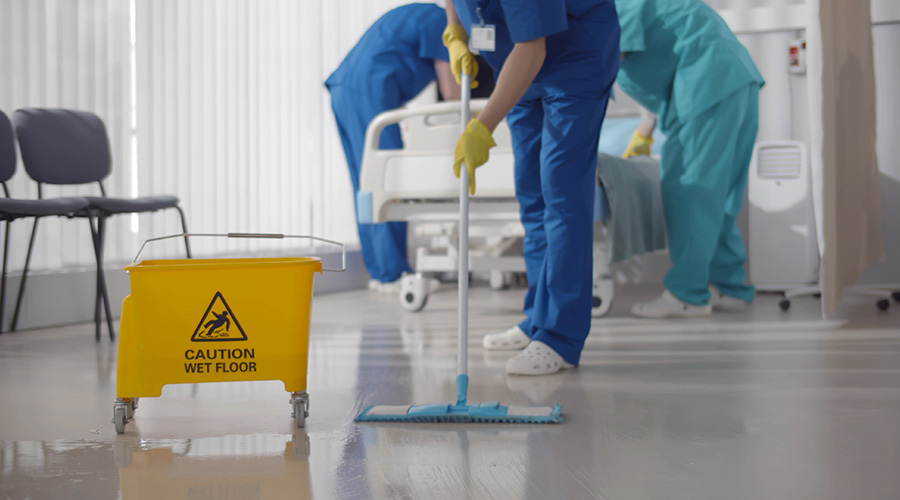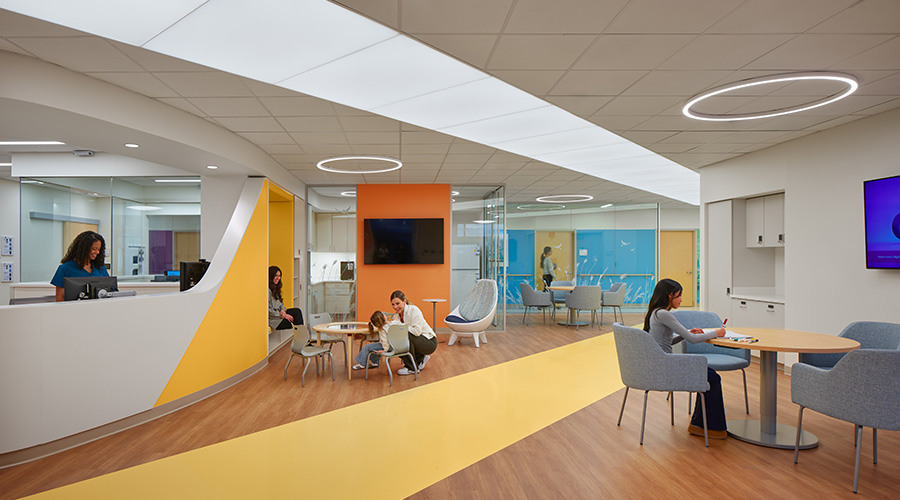Roofing is essential to protecting the insides of a building. From preventing leaks to shielding the insides from outside debris, there are many roles a roof can play. However, there are issues that crop up with roofs in hospitals. In this manufacturer roundtable, Healthcare Facilities Today speaks with leading roofing manufacturers about the various methods that facilities managers can take to mend any potential problems they may come across in the future.
What are common problems that facility managers run into with roofing in hospitals and how do you fix them?
"Traditional roofing creates a lot of disruption to a hospital. There is the noise from workers removing the existing roof and using equipment, and odors from asphalt pots, single-ply adhesive and chemicals.
Liquid roof coating can address all of these issues when it comes to hospitals. Liquid roof coatings are excellent at stopping and preventing leaks. It can also extend the life of a roof by decades with occasional applications. Applying an elastomeric coating causes very minimal disruption. Installation sounds and odors are almost non-existent, compared to reroofing.
From a cost/budget perspective, here’s where elastomeric or liquid roofing helps the most. A new TPO (Thermoplastic Polyolefi usually made from recycled rubber) system can cost up to $20 per foot while liquid roof coasting costs less than $7 per foot, with the same warranty as the TPO system. It is also 100 percent tax deductible the year it is “installed” vs. a traditional roof.
Lastly these coatings are designed to reflect up to 90 percent of heat from the sun which will translate into savings on air conditioning."
— Steve McGuinness, regional sales manager, Energy-Seal Coatings
"During reroofing projects, one of the biggest problems hospital facility managers faces is the infiltration of odor into the building through the fresh air intake systems typically found on the roof. Depending on the product, these odors can potentially be harmful and/or just disruptive to staff and patients. It is recommended that only low or no-VOC adhesives and sealants such as water-based products are used during construction to reduce or eliminate this problem. Charcoal filters and air fresheners also can be used along with the water-based products.
These issues can be eliminated altogether however with the use of self-adhering membranes. Self-adhering membranes eliminate adhesive odors all together. Second to odor is noise, especially when a full tear-off is required. Roof retro-fit alternatives vs. full tear-offs are ideal over occupied spaces, especially critical care units."
— Amy Aubuchon, national accounts manager, Sika Roofing
Jeff Wardon, Jr. is the assistant editor for the facilities market.

 Contaminants Under Foot: A Closer Look at Patient Room Floors
Contaminants Under Foot: A Closer Look at Patient Room Floors Power Outages Largely Driven by Extreme Weather Events
Power Outages Largely Driven by Extreme Weather Events Nemours Children's Health Opens New Moseley Foundation Institute Hospital
Nemours Children's Health Opens New Moseley Foundation Institute Hospital Code Compliance Isn't Enough for Healthcare Resilience
Code Compliance Isn't Enough for Healthcare Resilience Ribbon Cutting Marks First Phase Completion for New Montefiore Einstein Facility
Ribbon Cutting Marks First Phase Completion for New Montefiore Einstein Facility